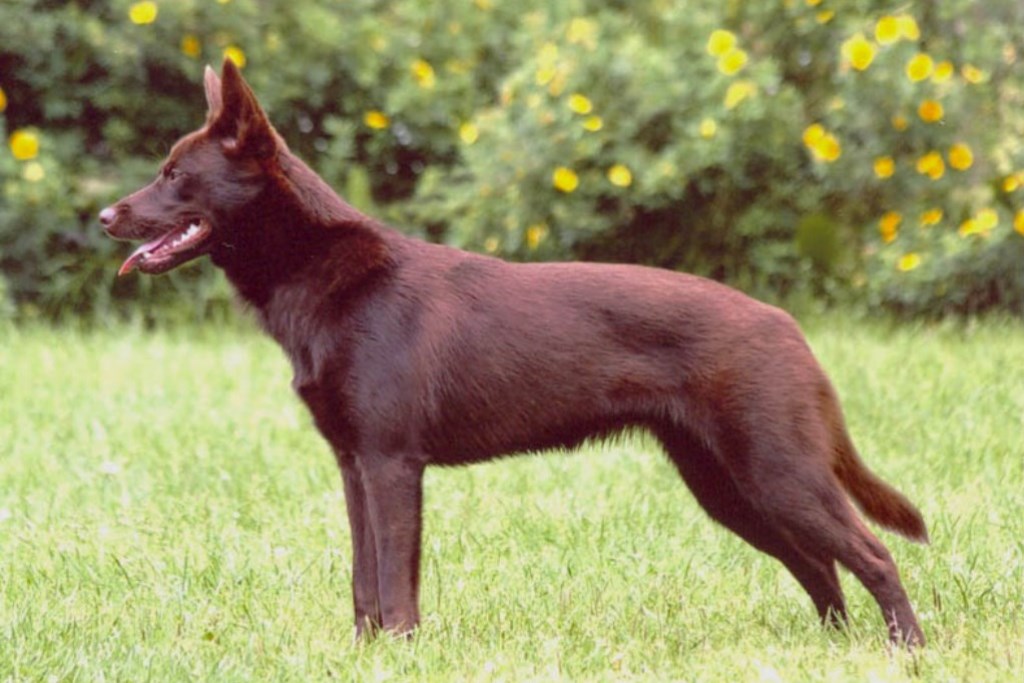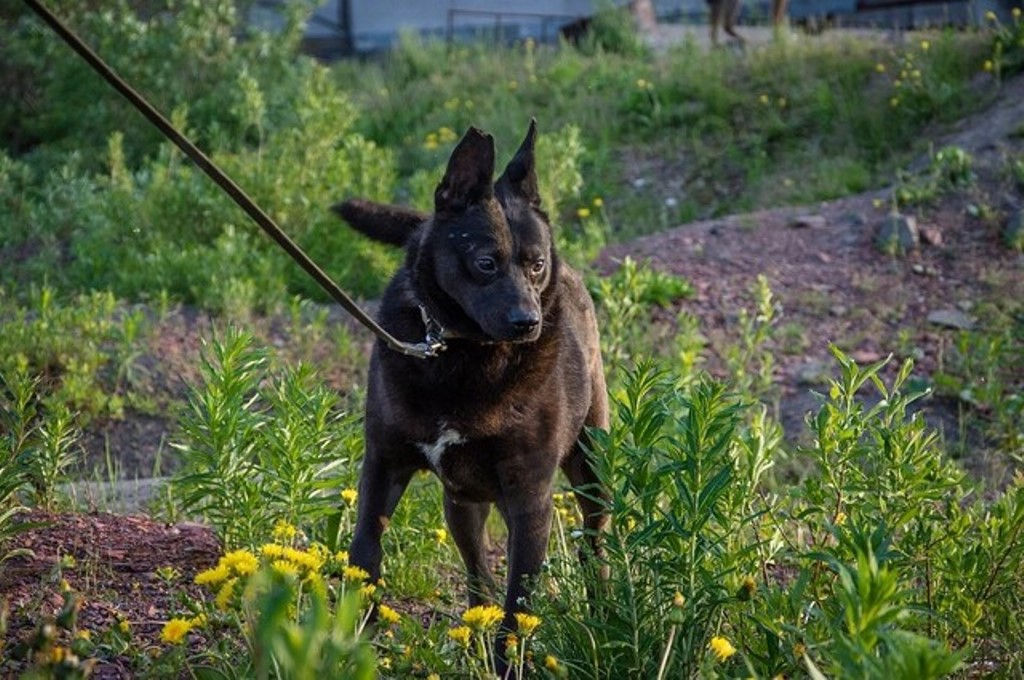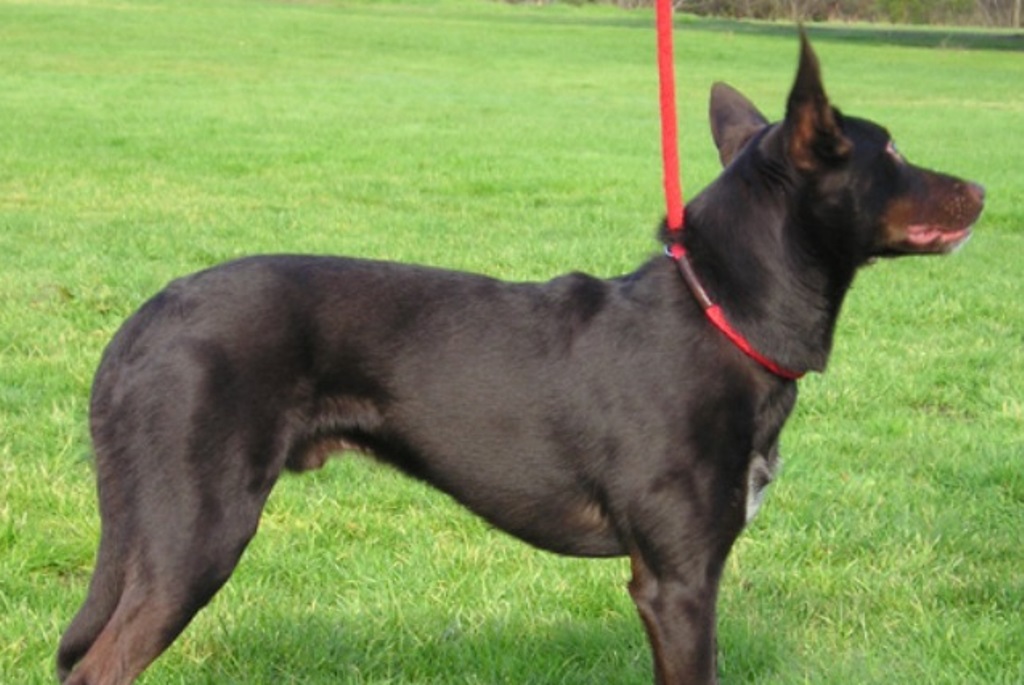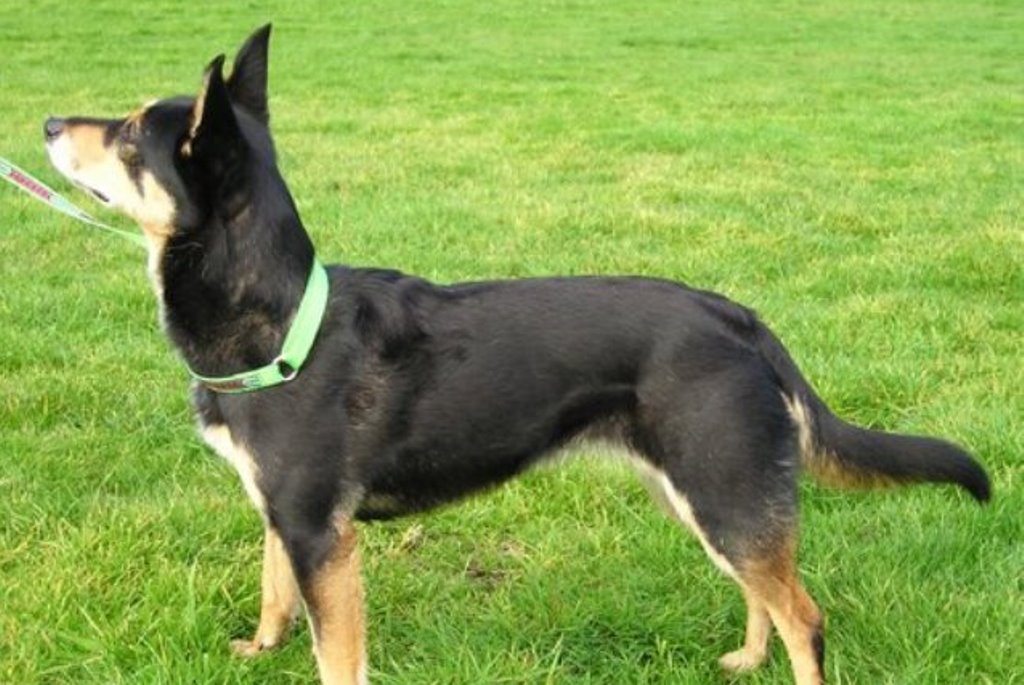
Traits and Role of Australian Kelpie Shepherd Breed
The Australian Kelpie Shepherd dog breed is not a very old breed, dating back to the second half of the 1800s. In 1870, the Scottish immigrant Rutherford family brought six black and tan Fox Collies from the British Isles to Australia. In fact, only Fox Collies proved able to withstand the Australian climate.
Two of these specimens, Jenny and Brutus, bred during the crossing to Australia and the litter was already born when they arrived at their destination. One of the cubs in particular, who was named Caesar, looked particularly promising. In fact, he and his parents were immediately employed to herd Merino sheep, proving to be very capable and tireless herding dogs, heedless of the heat and fatigue.
Another breeder close to the Rutherfords had a bitch very similar to Caesar and in fact they were mated, this female was called Kelpie and they said there were traces of Dingo blood in her, but this was never proved. Dingoes are Australia's wild dogs. A daughter of Kelpie and Caesar, also called Kelpie in 1873 won a world competition for sheepdogs and so the demand for dogs of this breed soared.
Kelpie in Celtic means water spirit, a name that fits this agile and fast breed perfectly. From then on, these puppies were in great demand, but as there were not many of them around, breeders also started to mate them with Dingoes, which made the breed with greater physical endurance.
Character of the Australian Kelpie Shepherd dog breed

The Kelpie is a very intelligent breed, it is alert but at the same time has a calm and thoughtful character. If well trained, it is a dog that obeys and is very devoted to its owner and also to its family.
However, he has inexhaustible energy, he was born as a shepherd dog and in this he is perfect, he has no problem enduring long and heavy work with a flock of sheep that he manages to keep together both outdoors and in an enclosure. It is truly tireless, which is why it is not suited to being a flat dog; it needs open spaces, lots of movement and to do something.
He has by instinct the aptitude for working with herds, he has great quickness of movement and a fair amount of speed, and also a lot of courage that enables him to deal intelligently with cattle whose weight is several times his own.
He therefore needs an owner who respects him and gives him the right amount of time to exercise him both physically and mentally. In fact, it is said that the Kelpie can go without eating but not without working.
He is also good with children and a very versatile playmate, with strangers he is quite wary, so he can also be an excellent guard dog. It is also a perfect companion for other pets in the house because it is friendly and playful.
Appearance of the Australian Kelpie Shepherd dog breed

The Kelpie is a medium-large dog, its measurements at withers range from 51 centimetres for the male, 48 for the female, and its weight ranges between 19 and 20 kilograms. Its appearance is somewhat reminiscent of the fox.
It has a well-developed musculature over the whole body, especially in the hind limbs. His gait is firm and loose and everything about him denotes agility.
His head is well proportioned with the rest of his body, he has a flat skull, slightly rounded between the ears. The muzzle is long. The eyes are almond-shaped, medium-sized, generally brown. Ears are erect, carried straight up, especially when the dog is on the move. The tail has a length that reaches the hock, usually hanging down, rising when in action.
The coat is semi-long, very thick and hard; it has a dense and short undercoat. The colours range from black to brown, reddish and brown, as well as fawn, chocolate and ash blue.
There are two types of Australian Kelpie: the Working Kelpie, a line selected mainly to improve (or maintain) particular aptitudes in working with sheep, and the Show Kelpie, a line selected as a beauty dog (therefore accepted in shows) and suitable for all sports.
Health and care of the Australian Kelpie Shepherd dog breed

The Kelpie is a breed selected for its robustness, not afraid of adverse weather conditions. It has a great need for exercise and games that also stimulate it mentally. There are no known pathologies typical of this breed, and they can reach up to 15 years of age if well cared for and with adequate nutrition and activity.
As far as the care of the coat is concerned, this needs at least weekly brushing, as being outdoors a lot, parasites do not settle in the hair causing diseases, even serious ones.
The diet must be controlled even if the Kelpie eats everything, but it tends to eat more than necessary and if it does not do adequate exercise it may tend to obesity.






















